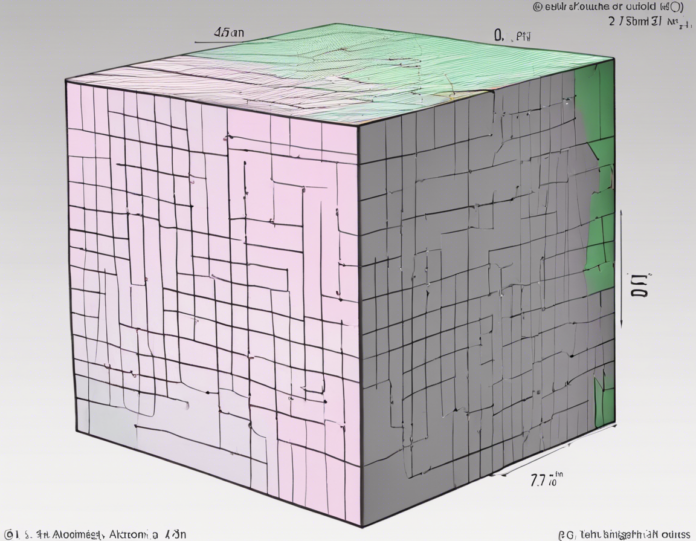Introduction
In geometry, a cuboid is a three-dimensional shape with six rectangular faces. Calculating the volume of a cuboid is a fundamental concept in mathematics and is essential for various real-world applications. Understanding how to find the volume of a cuboid is crucial for tasks such as measuring the capacity of a box, calculating the amount of material needed for construction, or determining the space required for storage. In this comprehensive guide, we will explore the steps to calculate the volume of a cuboid, discuss the formula involved, provide examples for better understanding, and address common misconceptions related to this topic.
Definition of a Cuboid
Before diving into the calculations, let’s define what a cuboid is. A cuboid is a three-dimensional shape that has six faces, each of which is a rectangle. The opposite faces of a cuboid are equal in size and shape, and the angles between adjacent faces are always right angles. The cuboid is a specific case of a rectangular prism, where all angles are right angles and opposite faces are parallel and equal in size.
Formula for Calculating the Volume of a Cuboid
The volume of a cuboid can be calculated using the formula:
Volume = length x width x height
Where:
– length is the length of the cuboid
– width is the width of the cuboid
– height is the height of the cuboid
This formula works because the volume of a cuboid is the amount of space enclosed within it, which can be calculated by multiplying the three dimensions together.
Step-by-Step Guide to Calculating the Volume of a Cuboid
To calculate the volume of a cuboid, follow these simple steps:
Step 1: Identify the length, width, and height of the cuboid. Make sure to use the same unit of measurement for all three dimensions.
Step 2: Plug the values of the length, width, and height into the formula:
Volume = length x width x height
Step 3: Multiply the values together to find the volume of the cuboid.
Step 4: If required, round the answer to the appropriate number of significant figures or decimal places.
Step 5: Include the unit of measurement cubed (e.g., cubic centimeters, cubic meters) as volume is always measured in cubic units.
Example Calculation
Let’s say we have a cuboid with the following dimensions:
– Length = 5 cm
– Width = 3 cm
– Height = 2 cm
By applying the formula:
Volume = 5 cm x 3 cm x 2 cm = 30 cubic centimeters
Therefore, the volume of the cuboid is 30 cubic centimeters.
Key Points to Remember
- The volume of a cuboid is always expressed in cubic units.
- Make sure all dimensions are in the same units before calculating the volume.
- Check your calculations to avoid errors in determining the volume.
Common Misconceptions and FAQs
-
Does the order of dimensions matter when calculating the volume of a cuboid?
No, the formula for calculating the volume of a cuboid is commutative, meaning the order of the dimensions does not affect the result. -
Can the volume of a cuboid be negative?
No, volume is a scalar quantity representing the amount of space an object occupies, so it cannot be negative. -
What if one of the dimensions is zero?
If any of the dimensions (length, width, or height) is zero, the volume of the cuboid will also be zero, as there is no space enclosed within the shape. -
Can the volume of a cuboid be greater than the sum of its dimensions?
No, the volume of a cuboid cannot exceed the combined length, width, and height, as it represents the total space enclosed within the shape. -
How is the volume of a cube related to a cuboid?
A cube is a special case of a cuboid where all three dimensions are equal. The formula for calculating the volume of a cube is the same as that of a cuboid.
Conclusion
Calculating the volume of a cuboid is a straightforward process that involves multiplying the length, width, and height of the shape. Understanding this concept is essential for various mathematical and real-world applications. By following the steps outlined in this guide and keeping the key points in mind, you can accurately determine the volume of any cuboid. Remember to practice with different dimensions to solidify your understanding of this fundamental geometric concept.




















